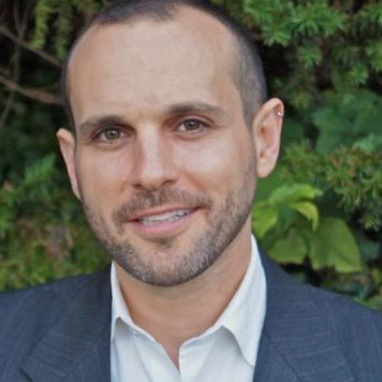When asked what it meant to her that her educational program was trauma-informed, Violet, age 20, responded, “It means that just here [the teachers] are prepared for, like, when someone is suicidal or, like, going into problems.” Her peer, Carlos, also 20, chimed in, “Or child abuse or… these teachers here are trained for that.” When asked to elaborate, Violet explained that each student in the program “has a story but some stories are way deeper than others.” Carlos said that everyone “is here at Huerta [nickname for their school] for a reason… they ditched school for a reason… there’s something behind that. Whereas other schools don’t see that.” Later in this focus group conversation, Violet said, “Here they hear both sides of the story, and over there [her old school], it was like, ‘no, you’re a bad kid, no.’”
“Trauma-informed” seems to be the latest educational buzzword for politicians, policymakers, administrators, teacher educators, and teachers. This newfound attention is perhaps a reaction to decades of policy and practice grounding formal education in cognitive learning targets and standards-aligned skills. Realizing that social and emotional dimensions have long been ignored, there is now, finally, attention paid to broader conceptions of young people’s lived experience. But how does this work understand trauma and the role of pedagogy in mitigating it? What are the affordances and limitations of different framings of trauma-informed pedagogy, and how might teachers’ pedagogies respond to young people’s stories and experiences?
 Noah Asher Golden is an Assistant Professor in the College of Education at California State University, Long Beach. His scholarship investigates the identity enactments and (re)positioning practices of minoritized youth, and is situated within critical and sociocultural approaches to literacies research and teaching/ learning practice. His current project is supported by the Spencer Foundation and the ELATE Research Initiative and builds knowledge on the ways adolescent scholars of color navigate identity positionings and racialized, gendered, and classed hierarchies in a trauma-informed alternative high school program.
Noah Asher Golden is an Assistant Professor in the College of Education at California State University, Long Beach. His scholarship investigates the identity enactments and (re)positioning practices of minoritized youth, and is situated within critical and sociocultural approaches to literacies research and teaching/ learning practice. His current project is supported by the Spencer Foundation and the ELATE Research Initiative and builds knowledge on the ways adolescent scholars of color navigate identity positionings and racialized, gendered, and classed hierarchies in a trauma-informed alternative high school program.